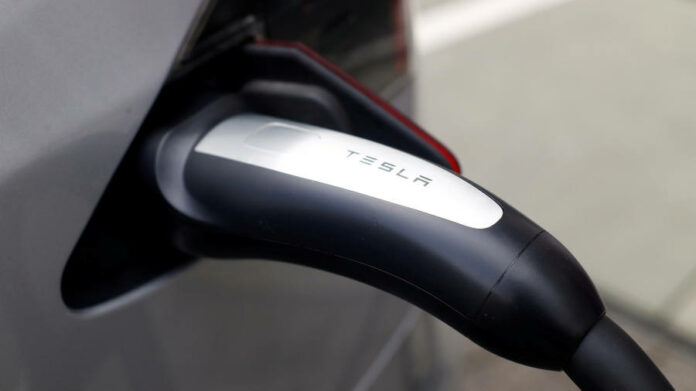Western supply of graphite will be constrained in the coming decade by the “opaque” market for the key battery material, the world’s largest natural graphite producer outside China has warned.
Shaun Verner, chief executive of Australia’s Syrah Resources, a Tesla supplier that operates a huge mine in Mozambique, said that the graphite market’s lack of transparency over pricing was making bankers hesitant to fund new projects.
“The single biggest impediment to new investment is the opaque nature of the market because to get the commercial debt in place is really challenging,” he added.
A battery’s anode, which is made of graphite plus increasingly a silicon additive, is more dependent on China than other materials as the country mines 65 per cent of graphite, processes 85 per cent and is home to the world’s six largest anode material producers, according to the International Energy Agency. China dominates the refining of other battery materials such as lithium, nickel and cobalt but the raw minerals that feed those refineries are mined from all over the world.
The centralised nature of the graphite market means that supply agreements are done bilaterally through long-term deals between producers and consumers. That leaves small volumes traded on exchanges, providing limited pricing transparency.
Few analysts follow the industry and there is a lack of visibility on future projects, making forecasting on long-term prices difficult.
Natural graphite demand is set to treble in the next four years as sales of electrical vehicles soar. The material can also be created synthetically from pet coke but this process is carbon-intensive and struggles to combine with silicon, which improves the anode’s performance.
Reflecting the hot demand for the mineral, Syrah’s market capitalisation is A$1.7bn (US$1.13bn), despite a pre-tax loss of $9.7mn on revenues of $50mn in the first half of the year.
The passing of the US Inflation Reduction Act this year has boosted further interest in graphite producers. The legislation says EVs entering the market after 2024 will not be eligible for tax credits — which can go up to $7,500 — if any of the critical minerals are extracted, processed or recycled by a “foreign entity of concern”, which includes China.
Eric Desaulniers, chief executive of Nouveau Monde Graphite, which is developing a graphite mine and battery-grade anode material plant in Canada, said that discussions with cell manufacturers over supply deals had accelerated because of the IRA.
However, he agreed that challenges remained in securing project financing because the “cellmakers are cash-constrained” and had their hands full trying to scale up battery manufacturing sites.
Syrah has been fortunate in bridging the funding gap. It received a grant of up to $220mn from the US government last month to expand its anode material facility in Louisiana, which is under construction.
Prices of graphite have risen a third compared with a year ago to Rmb5,300 ($740) per tonne, according to Argus. This represents a reversal from price falls in 2019 that forced Syrah to cut output at its Balama mine, a facility that can produce 350,000 tonnes per year into a global market consuming 1.3mn to 1.4mn tonnes today.
Its production out of Mozambique was disrupted at the end of September by a workers’ strike that was eventually resolved.
Nico Cuevas, chief executive of Urbix, which aims to build a graphite processing hub in the US, said that Korean battery manufacturers had also been prompted into action by the IRA but they were still some way from being prepared to sign deals to buy upcoming raw materials.
“We pushed for the past year and a half and they would take a long time to respond,” he said. “[Now] within two weeks, I’m getting emails from three of the five largest battery makers on what we can do together.”






